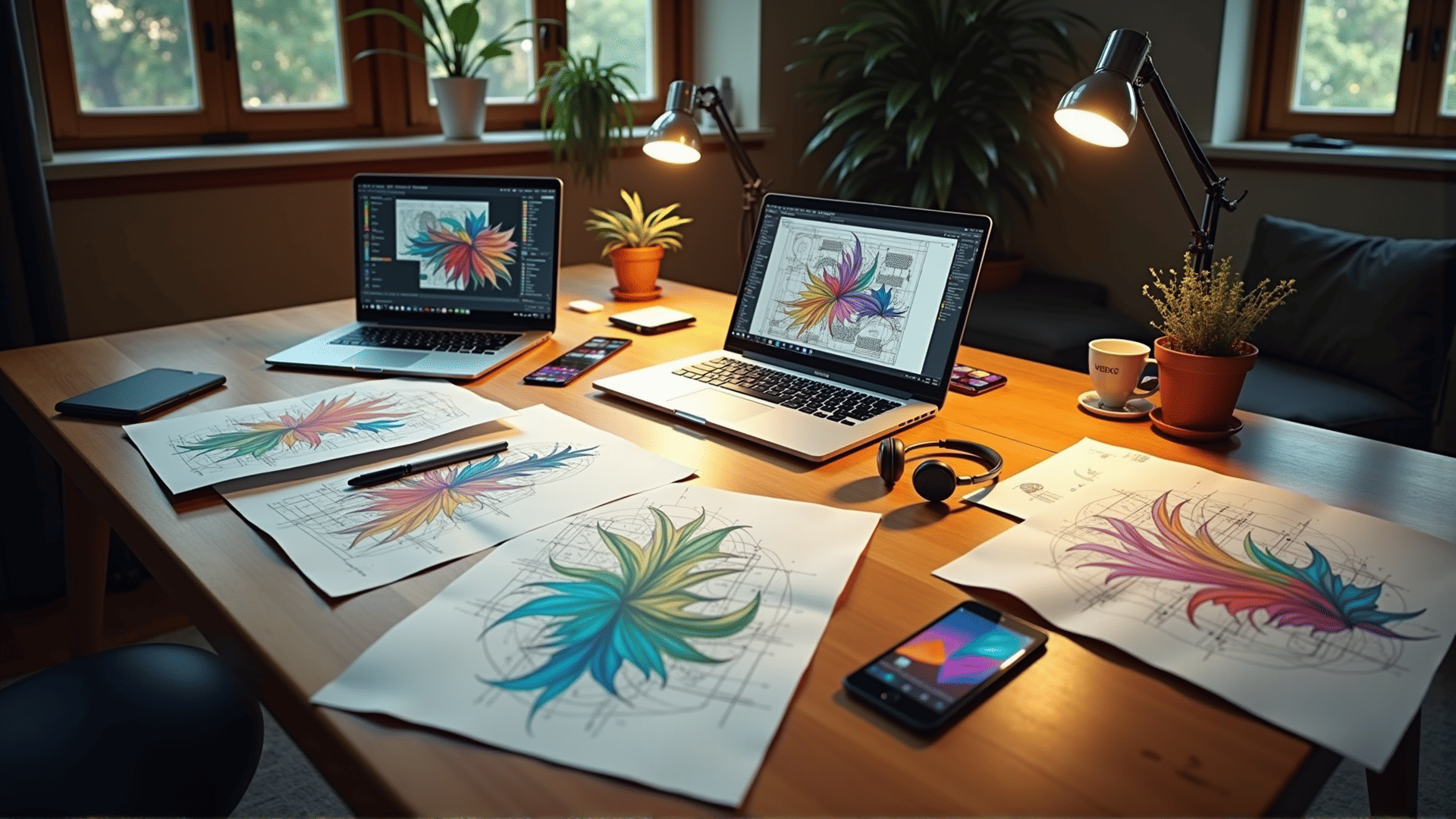In the ever-evolving world of design, innovation is the spark that fuels progress. The boundaries are constantly being pushed as designers seek to craft experiences that are not only aesthetically pleasing but also deeply engaging and memorable. These groundbreaking design methods reflect a dynamic interplay between technology, culture, and human experience, leading to creations that are increasingly unique and impactful.
One of the cornerstones of innovative design is the integration of technology. With tools like augmented reality (AR) and virtual reality (VR), designers can create immersive environments that transcend traditional physical limitations. These technologies allow users to interact with designs in real-time, providing a sense of presence and interactivity that was previously unattainable. For instance, architectural firms can now provide virtual tours of buildings still in the conceptual phase, offering clients a visceral sense of the space well before it's built.
Another revolutionary method is biomimicry, which takes cues from nature to solve complex design challenges. By emulating natural processes and systems, designers can create efficient and sustainable solutions. The structure of a termite mound, which regulates temperature without the need for external energy, inspires sustainable architecture. Similarly, the water-repellent properties of lotus leaves have led to the development of self-cleaning materials. Biomimicry not only pushes design boundaries but also encourages environmentally responsible practices.
User-centered design has also become a pivotal innovation method. This approach places the end-user at the forefront of the design process, ensuring that solutions are not only functional but also resonate on a personal level. By employing techniques such as empathy mapping and user journey mapping, designers can create products that speak directly to the needs and emotions of their audience. This human-centric approach fosters a deep connection between the product and the user, leading to more meaningful and impactful experiences.
Furthermore, interdisciplinary collaboration has emerged as a key driver of innovative design. By breaking down silos and encouraging cross-pollination between fields such as art, science, technology, and business, designers can access a broader spectrum of ideas and perspectives. This fusion of disciplines leads to unexpected and imaginative solutions that may not have emerged within a single field. The collaboration between fashion and technology, for example, has given rise to smart fabrics that change color based on mood or environment, offering a new dimension of personal expression.
Cultural diversity also plays a significant role in breaking conventional design boundaries. By embracing a multitude of cultural perspectives, designers can create products and experiences that celebrate global diversity and inclusivity. This approach not only broadens the creative palette but also ensures that designs communicate across different cultural contexts, making them more accessible and sensitive to a wide audience.
In conclusion, the landscape of design is continuously reshaped by innovative methods that challenge the status quo. Whether through the integration of cutting-edge technology, the emulation of nature, human-centered approaches, interdisciplinary collaborations, or the celebration of cultural diversity, designers are crafting experiences that are as meaningful as they are memorable. As we look to the future, these groundbreaking design methods will undoubtedly continue to evolve, paving the way for even more transformative innovations.
